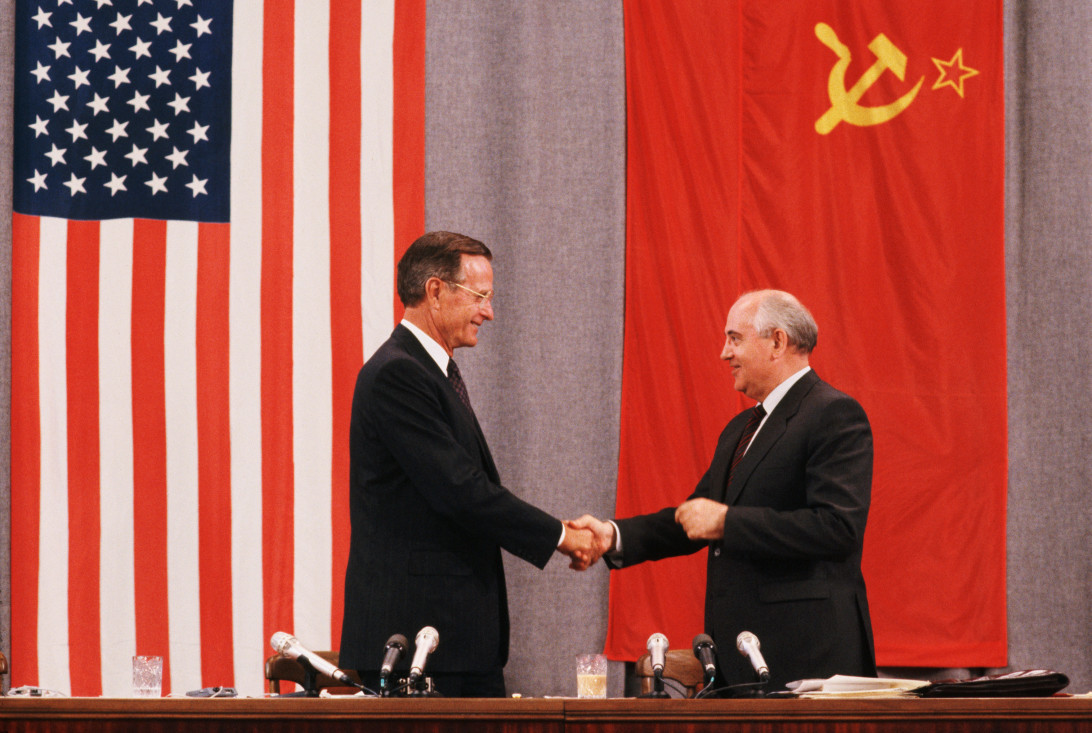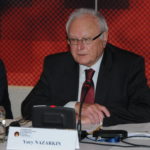On December 5, 1994, 30 years ago, the Strategic Arms Reduction Treaty (START I) between Russia and the United States came into force. The road to this milestone was long and arduous.
The treaty was signed in Moscow on July 31, 1991, by the leaders of both countries – Mikhail Gorbachev and George W. Bush. However, what followed was a series of dramatic events that delayed its ratification for years. In August 1991, the State Committee on the State of Emergency attempted a coup, and by December of that year, the Soviet Union had dissolved. This created a fundamentally new situation for the treaty’s ratification process.
At the time of signing START I, the USSR possessed approximately 12,000 nuclear warheads, with 65.6% located across Russia and the remainder distributed among Ukraine, Kazakhstan, and Belarus. The treaty was designed as a bilateral agreement, emphasizing symmetry in rights and obligations for both parties, as well as mechanisms for implementation. However, redistributing inspection quotas, costs, arms utilization schemes and schedules, and other aspects among these four newly independent states required signing official interstate agreements.
On November 4, 1992, START I was ratified by the Russian parliament. The ratification decree stipulated that the exchange of ratification instruments with the U.S. would only occur after Belarus, Kazakhstan, and Ukraine acceded to the Treaty on the Non-Proliferation of Nuclear Weapons (NPT) and concluded agreements with Russia on START I implementation. While issues with Kazakhstan and Belarus were resolved relatively quickly, Ukraine remained a significant challenge.
Ukraine initially resisted relinquishing its nuclear arsenal and hesitated to join the NPT, which alarmed both Russia and the U.S. The prospect of Ukraine holding onto nuclear weapons heightened global nuclear proliferation risks.
On May 23, 1992, in Lisbon, the foreign ministers of the U.S., Russia, Ukraine, Kazakhstan, and Belarus signed a protocol to START I, formalizing what became known as the “Lisbon Protocol.” The four former Soviet states assumed the USSR’s obligations under START I, while Belarus, Kazakhstan, and Ukraine committed to joining the NPT as non-nuclear states “as soon as possible.” While Belarus and Kazakhstan swiftly joined the NPT as non-nuclear states, Ukraine delayed until late 1994.
Finally, on December 5, 1994, Russia and the U.S. exchanged ratification instruments, bringing START I into force. Ambassador Anatoly Antonov, a leading Russian expert in disarmament, later described START I as unparalleled in its scope, complexity, and the detailed solutions it provided.
While START I is no longer in effect (it was a 15-year agreement), this anniversary underscores an important milestone in successful international cooperation under challenging circumstances. The three years required from signing to ratification highlight the intricate nature of arms control diplomacy. This experience could serve as a valuable precedent for addressing today’s global crises.
This commentary (in Russian) by Ambassador Yuri Nazarkin, PIR Center Advisory Board member, was first published by Kommersant Daily.
Key words: Russia-USA; START; Strategic Stability
NPR, AC
F4/SOR – 24/12/05


